Thinking about implementing the reading workshop approach in your K-2 classroom? You’re in the right place! In this post, I’ll explain what reading workshop is, what it can consist of, and how to make it work with our youngest students!
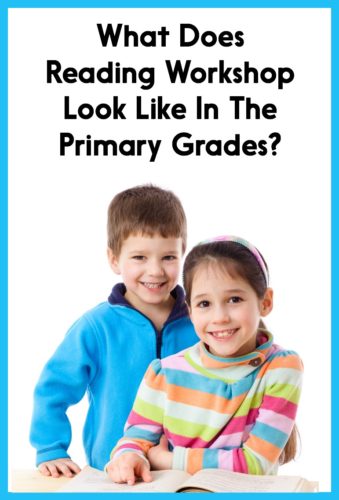
Photo Credt; Sergiy Bykhuneko, Shutterstock
What is reading workshop?
Reading workshop looks different in different districts, schools, and even classrooms. But when I think about teaching reading workshop, I think of the work part first.
In a true reading workshop model, kids are doing the majority of the work. Teachers, of course, still model and instruct, but we also get out of the way and let kids practice!
This means that independent practice time (including lots of actual READING) takes up the majority of reading workshop.
Just like with writing workshop, I think of reading workshop as having these three main components:
- Minilesson (learn more about minilessons HERE)
- Practice
- Sharing time
In the next section, I break down these 3 components and describe what instructional routines/activities they might include.
What are the components of reading workshop (instructional routines or activities)?
In a balanced literacy reading workshop classroom, here are some essential instructional routines:
- Readaloud (can be for enjoyment or paired with comprehension instruction/discussion)
- Shared reading (learn more about that HERE)
- Small group reading instruction (can include guided reading, shared reading, readaloud, or a skill/strategy group)
- Paired or small group reading activities (can include partner reading, book clubs, lit circles, etc.)
- Independent reading
Note that I left out writing and word study, because although they are absolutely essential components (and can actually be integrated into just about any of the instructional routines listed above), I’m trying to focus on reading in this post.
With the “minilesson, practice, sharing time” structure I described in the previous section, an integration of the reading workshop components might look like this:
- Shared reading
- Minilesson (can actually be combined with shared reading, as I do in my reading lessons)
- Independent reading / centers / paired reading activities – while teacher does reading conferences and/or meets with small groups
- Sharing time (partner-share / a little bit of whole group sharing) and wrap-up (teacher/students review essential point of minilesson)
- Readaloud
Or it could look something like this, if you use a “rotations” approach:
- Shared reading
- Independent reading / centers / paired reading activities – while teacher does reading conferences and/or meets with small groups
- Strategy minilesson (uses shared reading as the text)
- Independent reading / centers / paired reading activities – while teacher does reading conferences and/or meets with small groups
- Sharing time (partner-share / a little bit of whole group sharing) and wrap-up (teacher/students review essential point of minilesson)
- Readaloud
To read more about these instructional routines (+ writing and word study) and how I’ve scheduled my literacy block in the past, click on the grade you teach:
A few more thoughts about instructional routines:
In her book Comprehension from the Ground Up, Sharon Taberski urges us to think of balanced literacy as a menu, rather than a checklist. She encourages us to “select several practices each day (some whole group, some small group, and some one-to-one) that will help [us] achieve the four or five comprehensive goals that [we’ve] set” (Taberski, 2011, p. 22).
I love this way of thinking about a balanced literacy daily schedule. In my opinion, less can truly be more.
We don’t have to cram in all of the balanced literacy instructional routines on a daily basis. Because when we do, we sacrifice something, right? Maybe we don’t allow for as many “turn and talks,” sacrificing valuable oral language practice for our students. Or maybe we cut out sharing time at the end of writing workshop – which so many of our students love and depend on for writing motivation. Something has to give, because it’s truly impossible to fit it ALL in.
I could go on about this topic – and maybe I will in another post! But for now, I hope you’ll consider joining me in my little quest to do fewer things better. 🙂
How can we make reading workshop practical for the primary grades?
Believe it or not, I’ve used reading workshop from the beginning of Kindergarten on up! Reading workshop really can work (and is awesome) even with our youngest friends.
As primary teachers, we face certain challenges. Many of our students have trouble sustaining independent reading for a long time. Their attention spans can be brief. They may struggle to work independently and remain productive for long (or even short….) periods of time.
And here’s another biggie – many of our students (if we teach K or 1st, anyway) come to us and they can’t read yet! Most of my Kinders couldn’t even write their name. But I started getting my reading workshop procedures in place from the start!
Here are some strategies that have helped me overcome these primary-grades related challenges:
- I always start out with small chunks of time for instructional activities. Reading workshop never takes as long as it ultimately does during the first month (or months) of school. I add routines and extend time slowly.
- I model and explicitly teach pre-reading activities to students can’t read yet. I teach them how to tell a story from the pictures and give them the lyrics to familiar songs we sing to “read.” You can read a whole post about that HERE.
- To get in as many reading practice minutes as possible, I break up independent reading time. I have kids start with just 5 minutes at the beginning of the year. Then, we may do 10 minutes, a minilesson, and then 10 minutes of partner reading. We can do 10 more minutes later in the day. I make sure that kids’ reading boxes/bags are handy so that getting set up doesn’t take too long!
- I include movement breaks between activities! YouTube and GoNoodle are awesome resources for this.
Need some resources for reading workshop?
If you’d love to have ready-to-use lesson plans for your own reading workshop or reading minilessons, check out my Kindergarten, 1st grade, and 2nd grade bundles. They include complete lesson plans with suggested texts (and you have options!), printable posters, assessment checklists, reading response activities, and more:
Happy teaching!
References
Taberski, S. (2011). Comprehension from the ground up: Simplified, sensible instruction for the K-3 reading workshop. Portsmouth, NH: Heinemann.

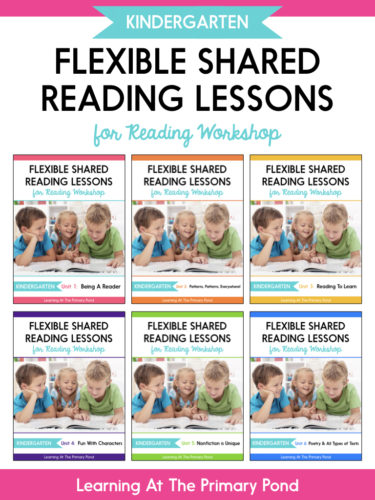
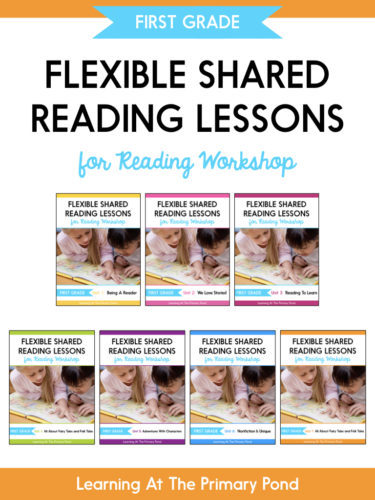

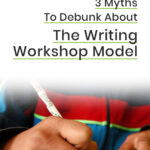
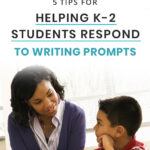
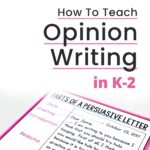
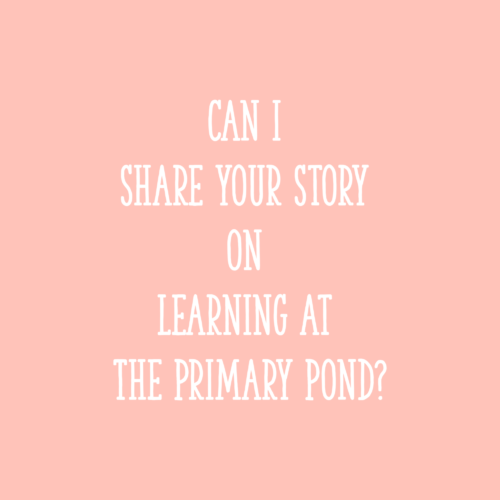
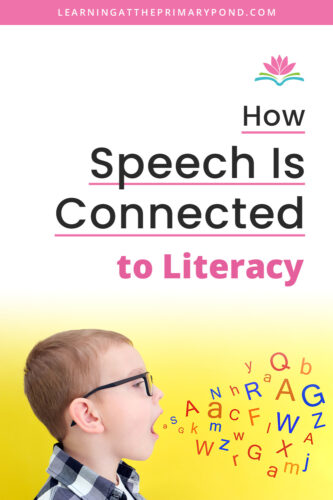
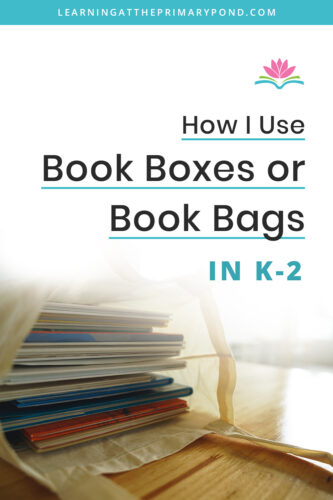






Thank you, Allison, for this great post on reading workshop–the perfect refresher course before the beginning of the new school year! I’m joining your online workshop on 8/11 and looking forward to connecting with you. Thank you for sharing your expertise and your wonderful resources. I’m just so impressed by your generosity and inspired by your dedication and enthusiasm. I’ve shared your blog posts with many colleagues; they’ve become our mini professional development sessions! Please, keep up the great work.
Risa, thank you so much for your sweet comments!! I’m really glad to hear that the blog has been helpful to you and your colleagues. Excited to connect with you later today!!
Alison